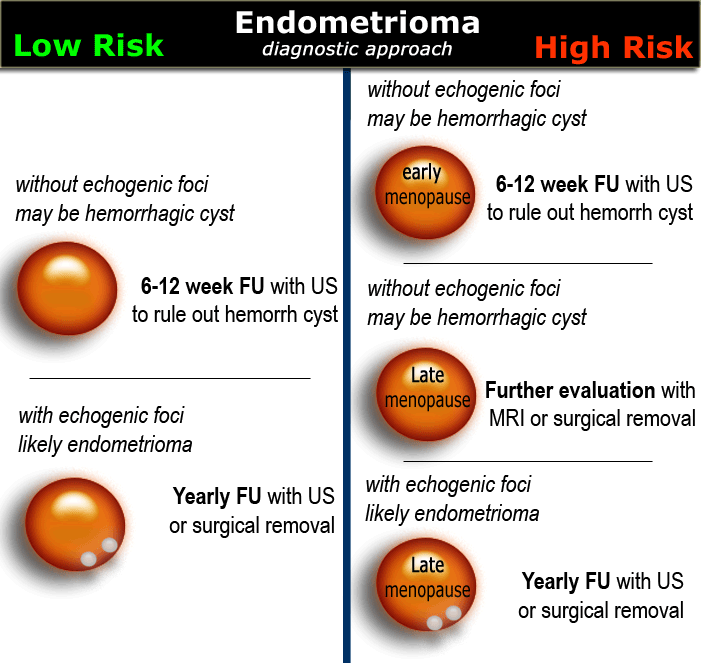


An endometrioma is also known as a chocolate cyst because it is filled with dark, reddish-brown blood.Īn endometrioma is often linked to a condition known as endometriosis. The tissue bleeds monthly, which may cause it to form a gradually growing cyst on the ovary. This tissue then responds to monthly changes in hormones. Cystadenomas can grow very large and interfere with abdominal organs and cause pain.Įndometriomas are cysts that form when endometrial tissue grows in the ovaries. They are usually benign, but they can create problems. They can, however, become large and cause symptoms.Ĭystadenomas are cysts that develop from cells on the outer surface of the ovary. Dermoid cysts are often small and may not cause symptoms. They disappear within a few months.ĭermoid cysts are made up of different kinds of tissue such as skin, hair, fat and teeth. Both cysts usually have no symptoms or minor ones when they occur. There are two types of functional cysts-follicle and corpus luteum. It develops from tissue that changes in the normal process of ovulation. The most common type of an ovarian cyst is called a functional cyst. For this reason, all cysts should be checked by your doctor. A few cysts may turn out to be malignant (cancerous). All cysts can bleed, rupture and twist which can cause pain.

There are different types of ovarian cysts and each type causes a variety of symptoms. Ovarian cysts can vary in size-from as small as a pea to as big as a grapefruit. A woman can develop one cyst or many cysts. Most cysts result from the changes in hormone levels that occur during the menstrual cycle and the production and release of eggs from the ovaries. Ovarian cysts are quite common in women during their child bearing years. The corpus luteum makes hormones that cause the endometrium to grow. After ovulation, the empty follicle becomes the corpus luteum which remains until the next period. The egg moves into one of the two fallopian tubes connected to the uterus where it can be fertilized by a man’s sperm. This is called ovulation.Īround the time of ovulation, a woman can get pregnant. About day 14, the egg is released from the ovary. On about day five of your menstrual cycle, the hormone estrogen signals the endometrium (the lining of the uterus) to grow and thicken to prepare for a possible pregnancy. An egg, encased in a sac called a follicle, grows inside the ovary. One of the two ovaries-each about the size of a walnut-produces an egg every month during your menstrual cycle. Others may cause problems and need treatment. These cysts are harmless and in most cases, go away on their own. It is normal for a small cyst (a fluid-filled sac or pouch) to develop on the ovaries. The ovaries are two small organs, one on each side of a woman’s uterus.


 0 kommentar(er)
0 kommentar(er)
